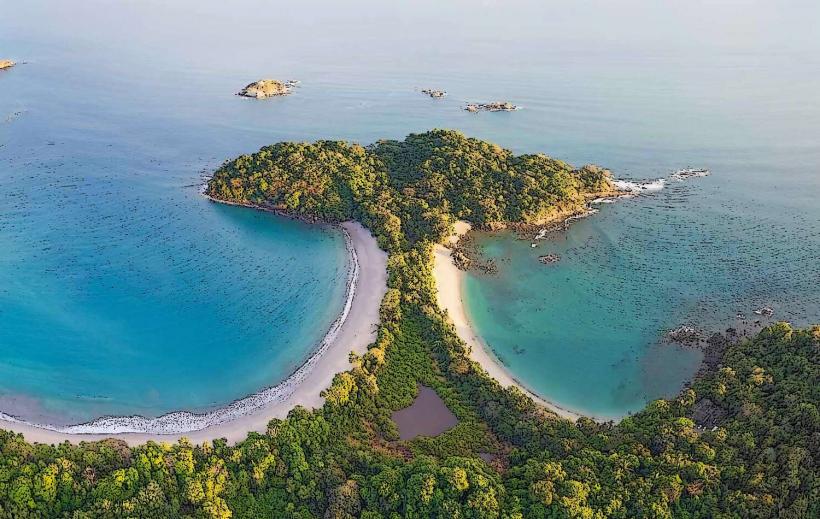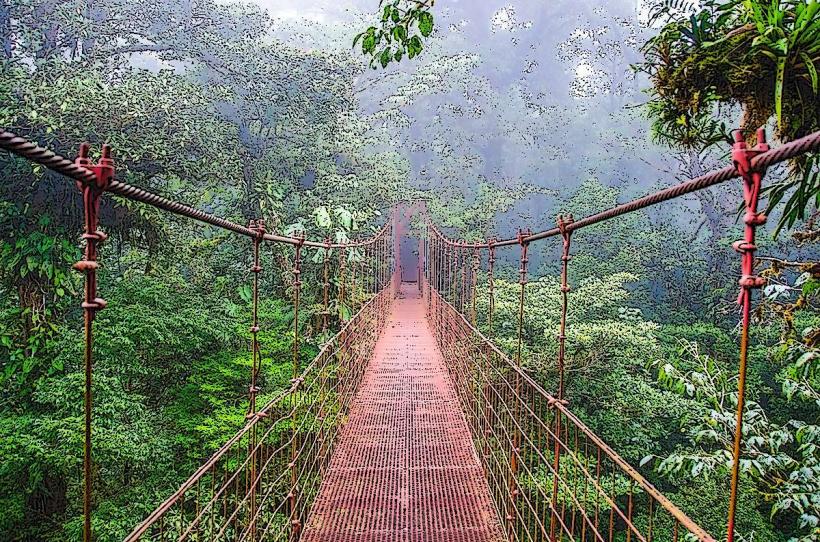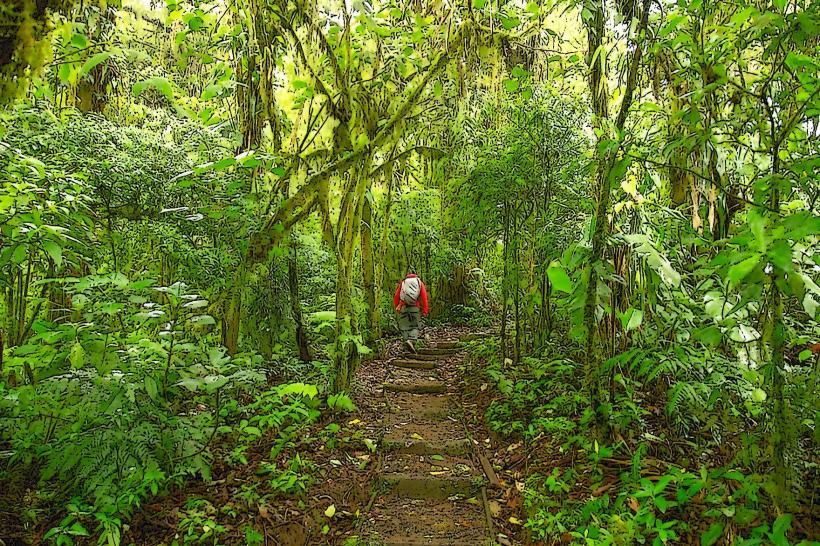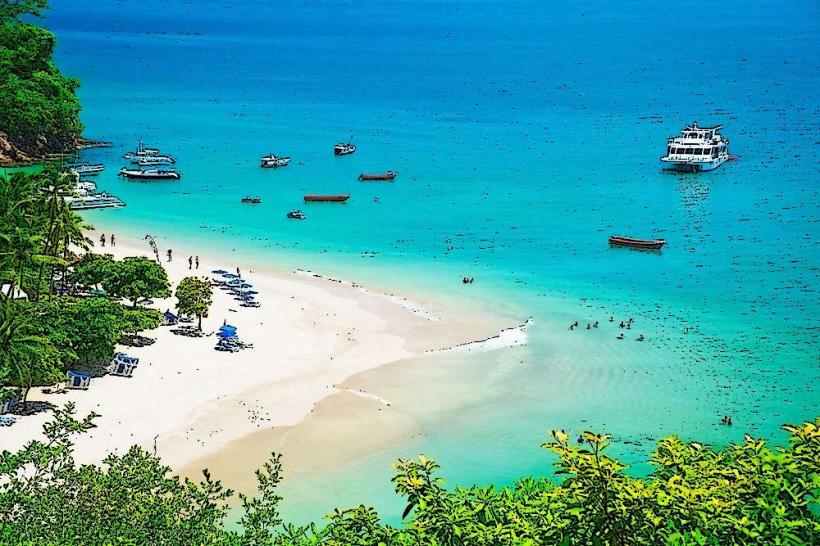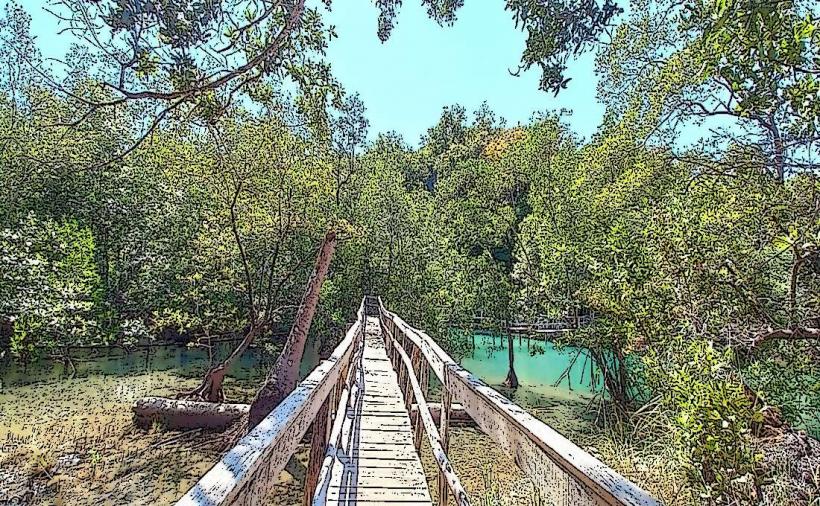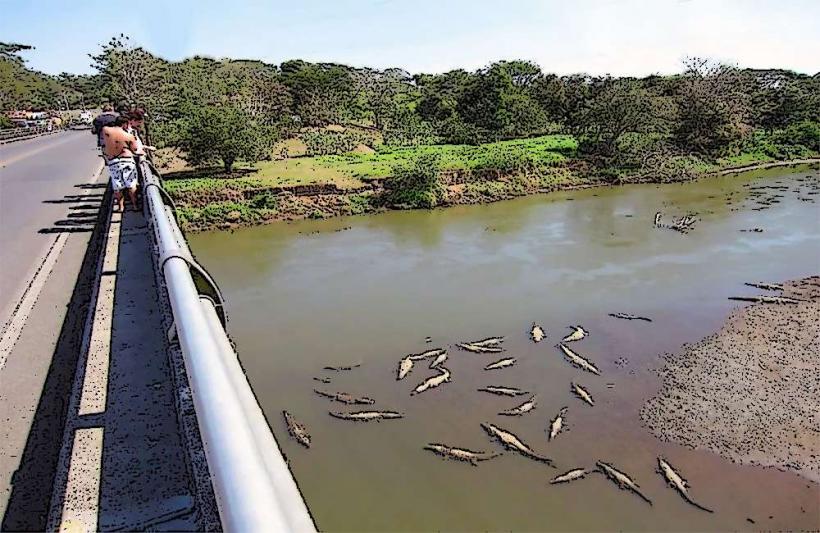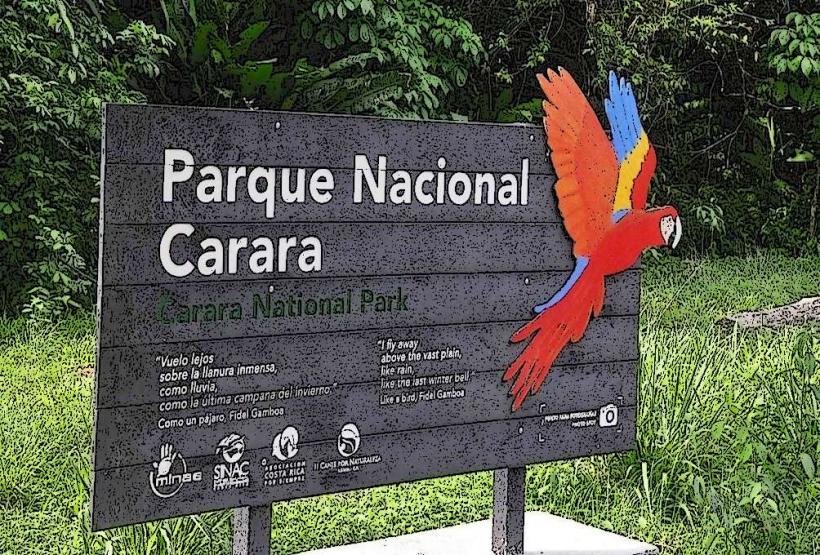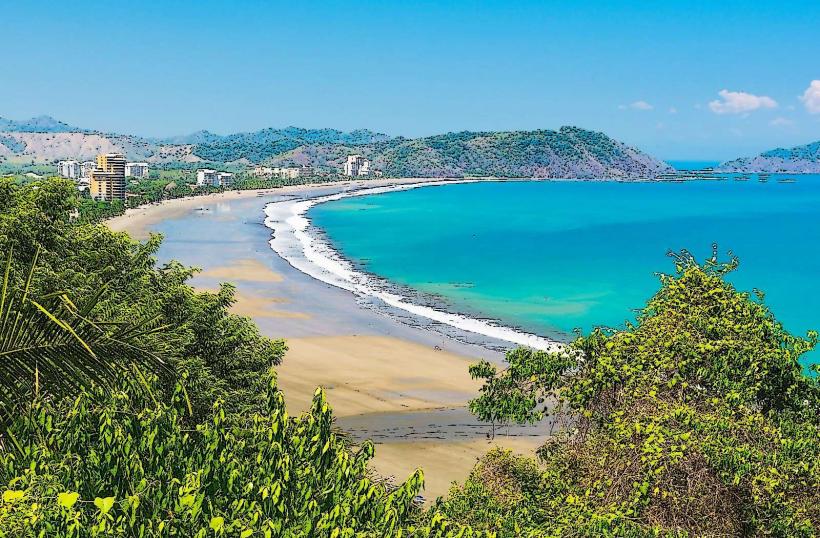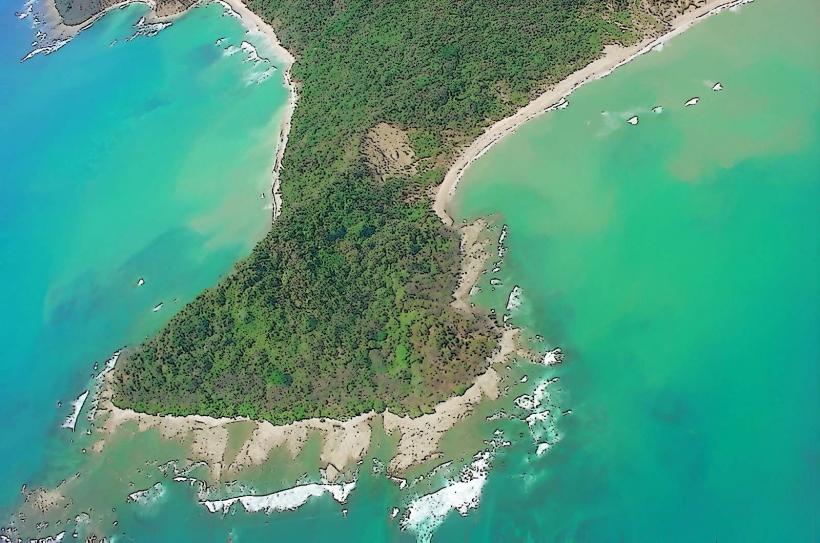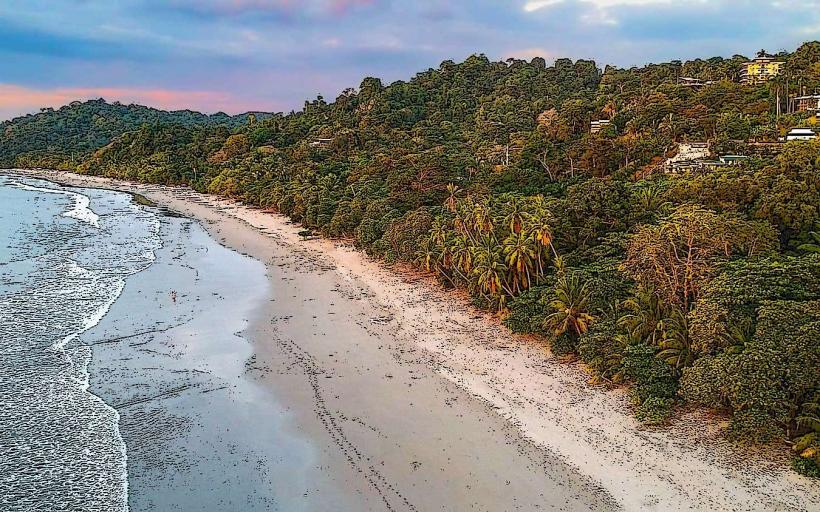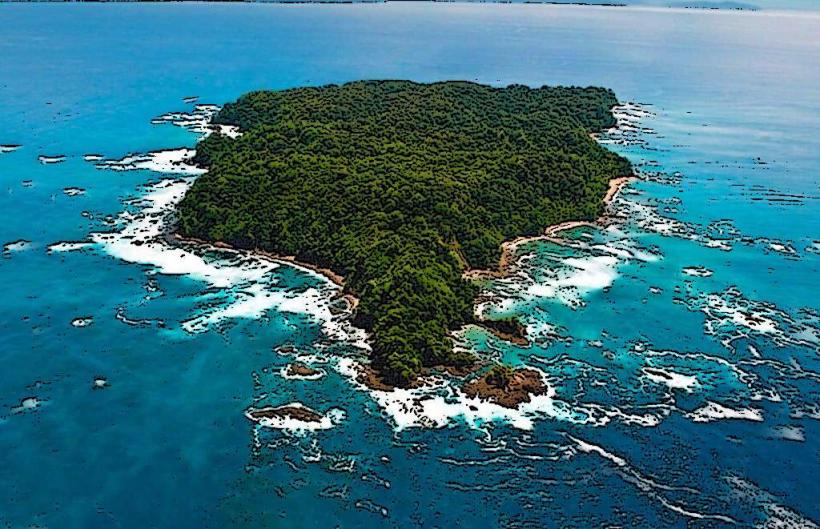Information
Landmark: San Vito Botanical GardenCity: Puntarenas
Country: Costa Rica
Continent: North America
San Vito Botanical Garden (Jardín Botánico de San Vito) is a beautiful and lesser-known botanical garden located in the southern region of Costa Rica, near the town of San Vito, in Puntarenas Province. Situated in the Coto Brus canton, this garden is dedicated to the preservation of Costa Rica's unique flora, as well as the promotion of environmental education and sustainable practices.
Location and Accessibility
- Location: The garden is situated in the southern Pacific region of Costa Rica, near the town of San Vito, which is part of the Coto Brus canton in Puntarenas Province. San Vito is approximately 300 kilometers (186 miles) from San José, the capital of Costa Rica.
- Geographic Coordinates: 8.985° N latitude, 82.950° W longitude.
- Access: The garden can be reached by car from San José in approximately 5 to 6 hours via the Inter-American Highway (Route 2) and then the road toward San Vito. The closest major town is Ciudad Neily, from where it is a short drive to San Vito and the botanical garden.
Overview and History
- Foundation: San Vito Botanical Garden was established as a means to conserve the diverse plant species found in Costa Rica’s tropical and subtropical regions. The garden is part of a broader effort to promote environmental sustainability and raise awareness about biodiversity.
- Primary Goal: The primary goal of the botanical garden is to educate visitors about the diverse flora of Costa Rica, especially the plants of the southern Pacific region. It also serves as a research station for local and international botanists and ecologists interested in tropical plants.
- Environmental Education: The garden offers programs for schools, students, and the public, promoting the importance of plant conservation and sustainable practices. It is a resource for learning about the relationships between plants, animals, and the environment.
Flora and Biodiversity
- Diverse Plant Species: The garden features a wide range of native and exotic plants, including tropical flowers, palms, orchids, and fruit trees. Some of the species in the garden are rare and endemic to the region.
- Orchid Collection: One of the highlights of the garden is its orchid collection, which includes both native orchids and exotic varieties. Costa Rica is home to a rich diversity of orchids, and the San Vito Botanical Garden plays a role in conserving these beautiful and delicate species.
- Tropical and Subtropical Plants: The garden's collection includes a variety of tropical plants such as ginger, bromeliads, and anthuriums, as well as subtropical trees like the ceiba and mahogany.
- Medicinal and Edible Plants: The garden also showcases medicinal plants, herbs, and edible species, many of which have been used by indigenous communities for centuries. Visitors can learn about the practical uses of plants for healing and nutrition.
Key Features and Attractions
Thematic Gardens: The garden is divided into several themed areas, each designed to showcase different types of plants and ecosystems. Some key features include:
- Tropical Rainforest Section: This area highlights the dense, lush vegetation typical of the tropical rainforest found in the southern region of Costa Rica.
- Orchid Garden: A collection of beautiful and rare orchids, many of which are endemic to Costa Rica, can be found in this section.
- Medicinal Plant Garden: This area displays plants with therapeutic and healing properties used by local communities and indigenous groups for centuries.
- Citrus and Fruit Tree Orchard: Visitors can explore a variety of tropical fruits and trees in this area, including mango, papaya, and passion fruit.
Walking Trails: The botanical garden features well-maintained walking trails that wind through different sections of the garden, offering visitors the opportunity to immerse themselves in the natural beauty of the area. The trails are suitable for leisurely walks, and visitors can enjoy the sights and sounds of the tropical environment.
Observation Points: The garden has several observation points offering panoramic views of the surrounding landscape, including the nearby Coto Brus mountains and the lush valleys. These vantage points allow visitors to appreciate both the flora of the garden and the broader natural beauty of the region.
Sustainable Practices: The garden is committed to sustainability and eco-friendly practices, such as composting, rainwater collection, and the use of organic fertilizers. The garden encourages visitors to learn about these practices and how they can be applied in their own homes and communities.
Research and Conservation
- Plant Conservation: The San Vito Botanical Garden is dedicated to the conservation of native plant species, particularly those that are at risk of extinction. It plays an active role in preserving the rich biodiversity of the southern Pacific region of Costa Rica.
- Research Projects: The garden is involved in various research projects focused on plant biology, conservation, and the restoration of degraded ecosystems. The research is conducted in collaboration with local universities and international botanical organizations.
- Partnerships: The botanical garden works with environmental organizations, researchers, and conservation groups to promote sustainable land use and preserve the unique ecosystems of the region.
Activities and Visitor Experience
- Guided Tours: The garden offers guided tours where visitors can learn about the different plant species, their ecological roles, and their cultural significance. The knowledgeable guides share interesting facts about the plants, animals, and the local environment.
- Workshops and Education: The garden organizes workshops and educational programs for children, students, and visitors interested in learning about botany, sustainable agriculture, and environmental stewardship.
- Birdwatching: The San Vito area is known for its rich birdlife, and the botanical garden provides opportunities for birdwatching. Visitors can spot a variety of tropical bird species, such as hummingbirds, toucanets, and parakeets, as well as migratory species passing through the region.
Best Time to Visit
- Dry Season (December to April): The best time to visit San Vito Botanical Garden is during the dry season (December to April) when the weather is more predictable and ideal for outdoor activities such as walking and guided tours.
- Rainy Season (May to November): While the rainy season (May to November) brings lush greenery and vibrant plant life, visitors should be prepared for frequent rain showers, which can make outdoor activities a bit challenging.
Visitor Information
- Entry Fees: There may be a small entrance fee to visit the botanical garden, which helps support its conservation and educational activities. Fees can vary depending on whether you are visiting as an individual or part of a larger group.
- Facilities: The garden offers basic visitor facilities, including a gift shop, restrooms, and a small café where visitors can enjoy refreshments. There are also areas for resting and enjoying the natural surroundings.
Conclusion
San Vito Botanical Garden is a hidden gem in the southern Pacific region of Costa Rica, offering a peaceful escape into the world of tropical plants and biodiversity. It serves as a wonderful destination for nature lovers, botany enthusiasts, and anyone interested in learning more about the natural heritage of Costa Rica. With its beautiful collections of plants, commitment to conservation, and focus on education, it provides an enriching experience for visitors of all ages. Whether you’re interested in botany, birdwatching, or simply enjoying the beauty of nature, San Vito Botanical Garden offers a memorable and peaceful experience.

